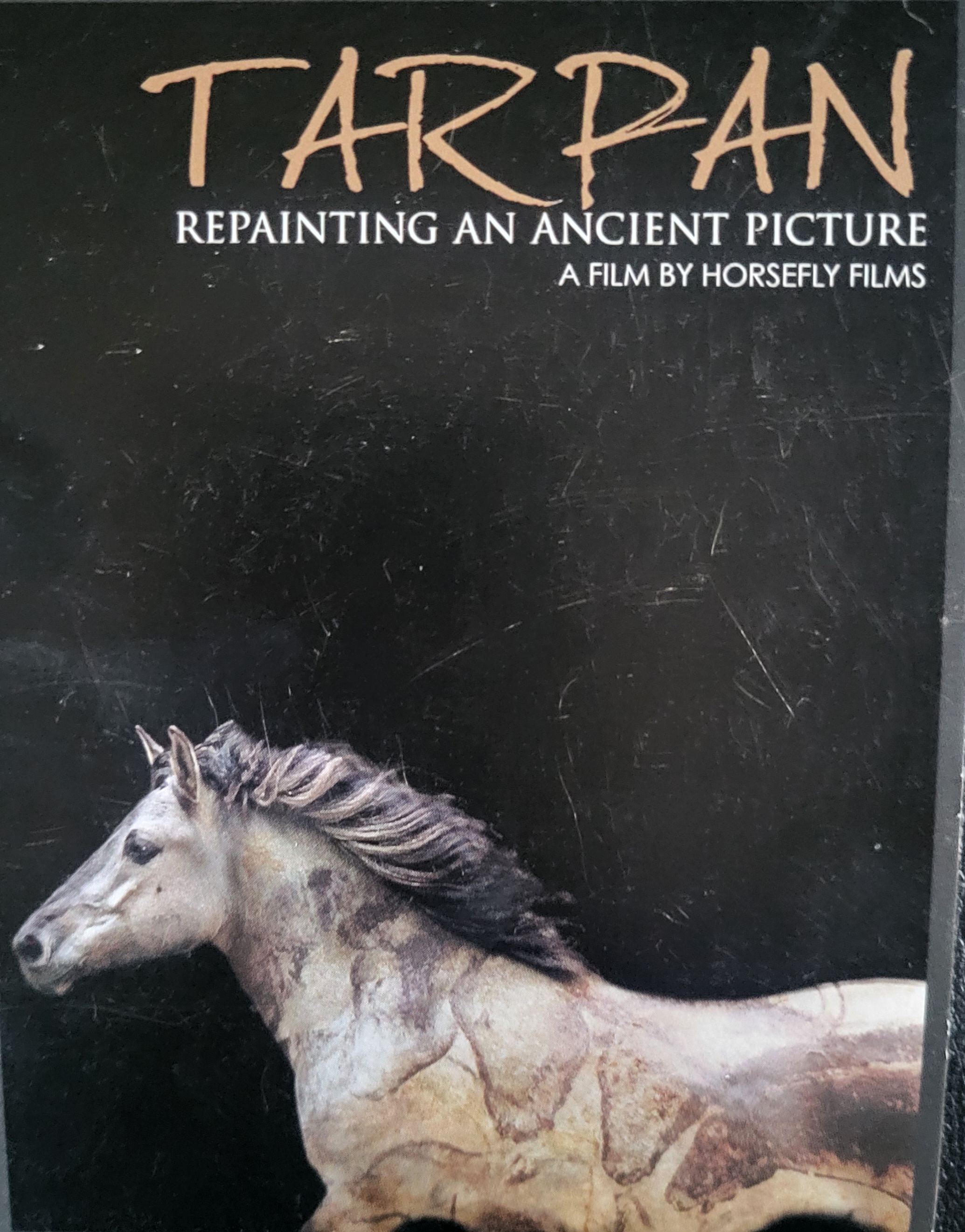
Thank you! Your submission has been received!
Oops! Something went wrong while submitting the form.
Call us
Monday to Friday 9:00am to 5:00pm
703-231-8492
703-231-8492

The Tarpan, also known as the Eurasian or Forest Horse, once roamed the dense woodlands across Europe to the Russian steppes. One of the wild ancestors or relatives of ancestors of today’s domesticated horse, Darwin recorded them in his books on the origins of domesticated species. Tarpans are depicted in the cave paintings of Lascaux in southwestern France. Our early ancestors hunted them. As habitats changed and agriculture expanded, Tarpans annoyed farmers by eating their crops and causing their mares to run away. Most accounts place the time of Tarpan extinction before World War I. See recent archaelogical evidence in Librado et al. (2021) on the origins and domestication of the horse and Taylor's (2024) Hoofbeats: How Horses Shaped Human History.
We recognize three types of Tarpan horses:
All are replicas of Tarpans. Koniks and Heck horses were both developed in the 1920s-30s in Europe. The Hegard or Stroebel horse was developed in the early 1960s in the US.



We are aware of, and are seeking to connect with private individuals, zoological parks, and wildlife reserves that maintain small herds of Heck horses and Koniks in Europe, including the Netherlands, Latvia, Germany, France, Poland, and Belarus. In 2022, we contributed to rescue of Eurasian horses and Ukrainian Tarpans in the Carpathian mountains. Examples include:
https://rewildingeurope.com/news/natural-grazing-in-the-ukrainian-danube-delta-boosted-by-arrival-of-konik-horses/
Belarus Tarpan Horses video,Tarpanhof, JURA, UNE TERRE, DES HOMMES, Le tarpan, acteur de la biodiversité - Cheval Magazine, https://www.grovni.org/en/home.htm, Forest horses in Poland--Tarpans (Koniks)
Horsefly Films of the Rare Equine Trust made this outstanding video about Tarpan horse conservation by an international team of Polish, Dutch and Bulgarian scientists:
Tarpan: Repainting An Ancient Picture - YouTube


Taylor, William. 2024. Hoofbeats: How Horses Shaped Human History. Ackerman, Diane. The Zookeeper’s Wife. 2007. W.W. Norton &Company. New York, US; Forrest, Susanna. The Age of the Horse: An Equine Journey Through Human History. 2016. Atlantic Monthly Press. New York, USA; Heck, Heinz. The Breeding-Back of the Tarpan. Oryx, Volume 1, Issue 7, 1952, pp. 338-342; Heck, Lutz. Animals: My Adventure 1952; Martin, Linda. Saving the Tarpan Horse in the USA: The Dixie Meadows Herd. Horse Talk Magazine, Sept-Oct-2016; Mullarky, Alex. Return to the Wild. Horses and People Magazine, March 2016, pp. 23-27; Thrall, Ellen J. 1975. American Tarpan Studbook. Volume 1. 1954-1973. Caballus Publishers, Fort Collins, CO.
Other places to see Tarpan horses in North America
Bearfoot Ranch, Inc.
Happy Trails Therapeutic Riding Center
Wild Horse Rescue Center
Shalom Wildlife Sanctuary
Magnetic Hill Zoological Park
Hope Reins at Marcody Ranch